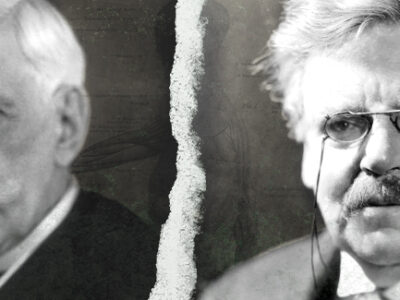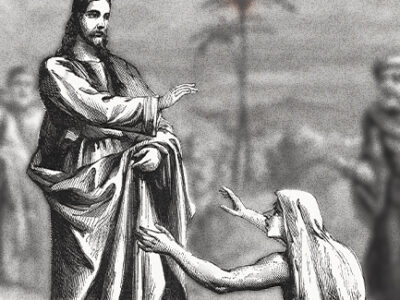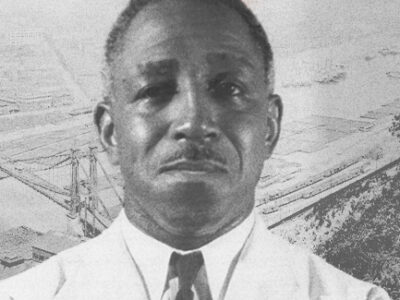
During an episode of Lebron James’ online show “The Shop,” California Governor Gavin Newsome signed into law a bill allowing California student athletes to sign endorsements while in college. The NCAA Board of Governors, having studied this issue for years, responded by announcing that college athletes can “benefit from the use of their name, image or likeness.” The charade of big-name Division 1 football and basketball athletes being in college first and foremost to receive an education has now been fully exposed.
The media quickly identified the significant impact of this change in the law and NCAA policy on university budgets, broadcasting companies, the NCAA, the Olympics, families of athletes, recruiting, eligibility, and multiple legal issues. But wait, isn’t something missing? Something truly fundamentally important to this discussion is absent: Academics! Are these athletes students, or are they commodities to be marketed? And are they to be discarded by the university upon the end of their college athletic career, having gained very little tangibly from their educational experience, minimal actual learning, or even a degree? We should be more interested in giving all athletes the ability to earn a living post-college through an actual education rather than paying a few select athletes for a short time while in college.
Here is a novel thought: you go to college to get an education.
What we have here is a serious collision of callings: education vs. athletics as a business and the pursuit of the almighty dollar. Division 1 sports has commandeered the high calling of pursuing a viable, earned education, and college athletics has known it all along. James Odenkirk, in his article in Academe, “Intercollegiate Athletics—Big Business or Sport?” notes the concern about mixing academics and athletics emerged early in the 1900s. He states that “before the universities realized it, they were knee deep in the entertainment business, and the stakes were enormous.”
It seems that hardly anyone is addressing the “piling-on effect” of California’s legislation and the NCAA decision on student learning and success. Shouldn’t that be the primary focus of this discussion? But it isn’t. It is about the money, the big business of college sports. A serious commitment to academics went out the window years ago as the NCAA prioritized revenue and entertainment ahead of investing in, providing for, and preparing the individual student. We all have been blinded by the allure of prime-time college sports.
Arizona State University’s Global Sports Institute found that universities receive more than $14 billion in overall annual athletic revenue. The NCAA, a non-profit governing body, claims $1 billion of this revenue each year. Mark Emmert, the president of the NCAA, received a total financial benefits package of $3.9 million last year. College athletics also is a cash cow for apparel companies such as Nike, Under Amour, and Adidas. The major networks and ESPN also cash in and make billions. The truth be known—it was never about academics. “Surprising Facts About Being a College Athlete” by BestCollegesOnline.com reveals some shocking statistics about graduation rates for the 68 teams playing in the March Madness Basketball tournament: the average graduation rate was 43%, with six teams under 20%, two under 10%, and one under 5%. This concern is compounded by the fact that only 1.2% of college basketball players get drafted by the NBA. Yes, just above one percent. So, one out of 100 players goes to the NBA, and less than 50% actually graduate with a degree that can earn them a job outside of the basketball world. But who cares, right? In 2019, the five-week tournament produced $1.3 billion in ad revenue.
The NCAA website speaks of the association’s commitment and responsibility to students academically: “Graduating from college is an important achievement. We embrace our role in providing student athletes the skills for what comes next in life.” The NCAA claims that Division 1 athletes have found a balance between athletics and studies. It even says that Division 1 football and basketball players are regular students that just happen to play sports. Reality paints a different picture. Many student athletes are putting in 40 hours of practice and game time a week. These athletes report that, beyond team commitments, they do not have time for personal responsibilities and even sleep. So now added to the athlete’s schedule is that time required to manage a business marketing their brand in the public square? Where does the priority of academic classes fit in this picture? Nowhere.
Admissions Offices are in on this charade as well. Shockingly, it is well-documented that athletes with elementary-school reading levels are being accepted to elite competitive universities. How is that possible? We know the answer, and the sad thing is that these reading levels don’t change substantially upon leaving the institution.
The NCAA academic page tells us one thing, but the facts tell us another. University counterfeit classes, improper tutoring support, and administrative schemes and then cover-ups broadcast a different story. Academic fraud goes on constantly in major universities around the country. The University of North Carolina was sanctioned by the NCAA for assigning grades to athletes in classes that did not exist. These classes were called “paper classes” because they only existed on paper. There never was a professor teaching class material or any assignments due. This fraud was carried out for 18 years. Similar offenses were committed by Syracuse University for over 10 years. These are not unusual cases in Division 1 sports. This is dishonest and wrong, and the athletes are being exploited. Candidly, the only role that academics plays in big-time college sports is ensuring the eligibility of the athlete. Many times the bottom line is “use any means—just make sure the athletes are eligible to play!” It’s all about the money.
The jig is finally up. California’s legislation and the NCAA decision is finally, for all to see, a declaration of the truth. Big-time college sports is about money, entertainment, and big business, and not about academically investing in the students that, ironically, make it all possible. Academic success for student athletes is a hit or miss byproduct of the NCAA’s contrived “money train” system.




